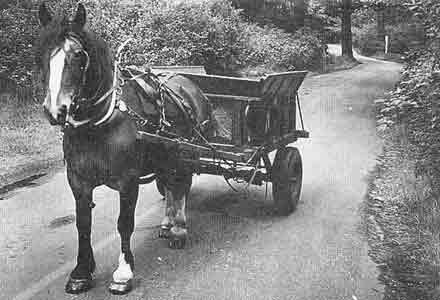karloevaristo
Banned
- Joined
- May 19, 2011
- Messages
- 209
- Reaction score
- 11
i've been around here in the forum for quite some time
i just don't post too often, but i recently I have been seeing the term "work horse" used quite a lot (kinda like how "laser" started)
how do you define it? good edge retention? something that has a good heft to it?
what makes the kato a "workhorse"?
Obviously this term has given kato knives a really good reputation I probably saw like 5 WTB kato in the buy/sell/trade section i mean hell, i want one too!
and i think this has something to do with the term "work horse" it kinda gives the impression that I think is one of the most important aspects in a knife, which is reliability
Any kato owners out there who can enlighten us?
what classifies it as a workhorse?
what makes the kato a "workhorse"?
Obviously this term has given kato knives a really good reputation I probably saw like 5 WTB kato in the buy/sell/trade section i mean hell, i want one too!
and i think this has something to do with the term "work horse" it kinda gives the impression that I think is one of the most important aspects in a knife, which is reliability
Any kato owners out there who can enlighten us?
what classifies it as a workhorse?






